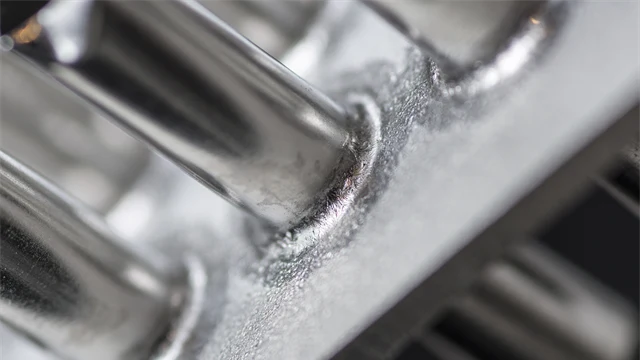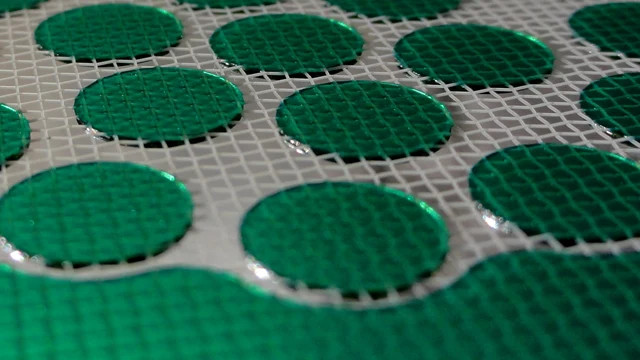
产品
Höganäs BrazeLet®钎焊膏
您是否正在寻找一种高效的钎焊膏解决方案? 不妨试一试Höganäs钎焊膏。Höganäs钎焊膏比常见同类品金属含量更高,聚合物含量最少,所以每公斤焊膏可焊接更多接头。并最终减少对钎焊炉的维护需求。另外,确保钎焊件保持高质量。
我们的钎焊膏由金属填充料粉末(通常重量占比85-93%)与水或油基无焊剂粘结剂均匀混合而成,粘接剂将在钎焊过程中脱除。Höganäs可以根据焊膏涂覆方法和钎焊炉条件等因素调整焊膏配方。可确保您的应用获得最佳钎焊效果。我们开发的粘结剂最大程度地减少了聚合物含量。
钎焊膏的流变特性根据不同的涂覆方法设计。通常,薄层涂覆,比如滚筒涂覆,薄层印刷和喷涂需要高流动性配方,而点胶和厚层印刷需要高一些的粘度。
Höganäs供应高品质钎焊膏,有很多的填充料类型可选 而且,我们还可以根据您的具体要求量身定制钎焊膏和包装方式。
BrazeLet® BNi钎焊膏
BrazeLet Ni2DW-9201
BrazeLet Ni2P-9012
BrazeLet Ni2R-8501
BrazeLet Ni5DW-9201
BrazeLet Ni5P-9012
BrazeLet Ni5R-8501
BrazeLet Ni7DW-9201
BrazeLet Ni7R-8501
BrazeLet Ni613D-9004
BrazeLet Ni613D-9302
BrazeLet Ni613DW-9003
BrazeLet Ni613DW-9201
BrazeLet Ni613P-9011
BrazeLet Ni613P-9012
BrazeLet Ni613R-8501
BrazeLet Ni613R-9003
联系我们

销售与技术支持
有关更多信息和要求,请联系您的销售代表。
联系我们
联系表
联系人
Technical area:
Brazing
选择国家/地区 *
联系方式 *
销售
销售
技术支持
名 *
姓 *
公司 *
工作领域 *
首席执行官/公司所有者
采购
设计工程师
业务开发人员
操作人员
其他
电子邮件 *
工作电话 *
留言 *
隐私政策
我同意Höganäs以联系我为目的处理我的个人数据。 我的联系信息也可能用于营销,如业务通讯和其他相关信息。 数据不会与第三方进行共享。 本人已同意,并且确认已年满16周岁。
更多关于我们如何处理个人数据的信息,请参阅我们的隐私政策。
您必须先接受这些服务条款才能继续。


